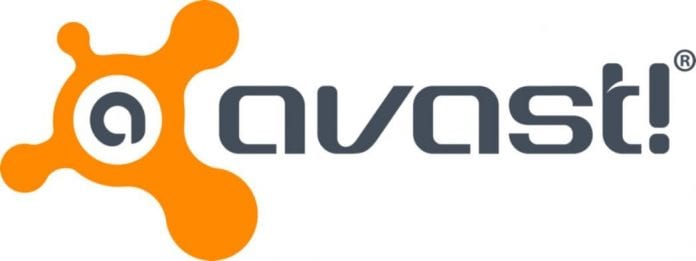At MWC 2016, Avast managed to hack into phones and other devices of more than 2000 visitors who used the Free Wi-Fi that was set up by the company. The main aim of the demonstration was to warn people about the risks involved with the free Wi-Fi hotspots.
Most of us are aware that if you are connected to free Wi-Fi hotspot, the hackers around you can hack into your system and steal personal information. Keeping the risks involved in free Wi-Fi hotspots, we should avoid falling into the trap. But most of us throw the warning in the air and prefer to connect to free Wi-Fi hotspots to save some money on Data.
For the experiment, the researchers set up three free Wi-Fi hotspots near the Mobile World Congress registration booth at the Barcelona Airport. They made sure that the SSIDs of the hotspots are common, and people recognize them easily. They named them “Starbucks”, “Airport_Free_Wifi_AENA“and “MWC Free WiFi”. Most of the users fell in the trap and in less than 4 hours, the researchers noticed that more than 8 million data packets were shared over these networks. They have managed to collect data from more than 2000 users in this time period.
To make sure that the privacy of the users is not compromised, they only scanned the information for stats and did not save the data on their servers. They revealed the following information during the MWC:
- 1% had an Apple device, 43.4 percent had an Android device, 6.5 percent had a Windows Phone device
- 7% searched information on Google or checked their emails on Gmail
- 9% visited Yahoo
- 2% visited Spotify
- From 63.5% Avast could see the identity of the device and user
- 3% have the Facebook app installed, 2.4 percent have the Twitter app installed
- 1% used dating apps (Tinder or Badoo)
Gagan Singh, president of mobile at Avast mentioned in his statement that most of the consumers are aware of the dangers associated with using the free Wi-Fi. Some of these users are not aware of the fact that their devices can get connected to the known SSIDs automatically as they have not turned off the option in settings. These settings are normally designed to allow the users to get connected to the home network, but it does not stop the public networks like “Starbucks” to get connected automatically until you manually turn off the option.
It is very important for all the users not to make any financial transactions or share personal identification information while on the free Wi-Fi network. The leaks via free Wi-Fi connections is very common, and most of us do not notice the vulnerabilities before it is too late.









